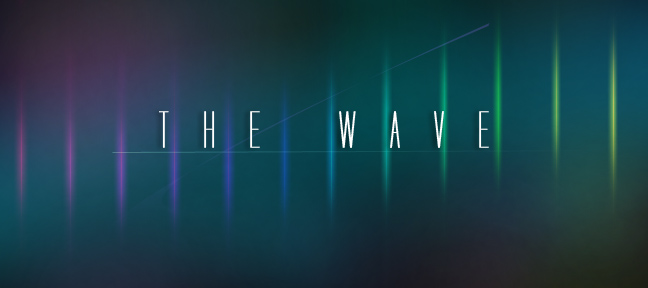Daguerreotypes were the first commercially viable forms of photography ever. That's pretty special in itself, and the creepy part comes up shortly after this.
In 1839, the process of actually taking the photograph took anywhere from 15 minutes to a full half an hour because of the exposure time. If you were insistent on a portrait at this time, you'd have to sit still for awhile. To aid in this process, they even had a special clamp for your head to hold it in place. It was attached to an adjustable machine which also had a supporting iron bar for your back.
Three years later in 1842, the exposure process could be completed from 10-60 seconds. Imagine how ticked off all the people were back then when they figured out that if they had just waited a bit longer, they wouldn't have had to wait in a stuffy studio stuck in a head clamp for half an hour.
It was now a commercially good idea to take photos of people, since they had the process down to a point where the person wasn't going to fall asleep whilst you attempted to photograph them in their antebellum best.
Now the middle class (and the wealthy, of course) could afford to have a photo taken of grandma. However photos back then were no laughing matter, and smiling and acting in a stupid frivolous manner was greatly frowned upon. Only idiots smile for no reason. This resulted in a great many of the photos coming out, well just seriously darn creepy.
This equally attractive photograph is that of Henry Clay, another American statesman and founder of the Whig Party, created in opposition to Andrew Jackson. In this photo, he is possibly planning his vengeance for having lost the presidential elections five times. There exist many other wonderful daguerreotypes of him, such as this one and this one here.
The trends get stranger. Photography of all ages can be creepy, however "back then", things were different. Couples could now afford take pictures of their children, alive as well as dead.

Hey there! Good post. I'm not really a morbid-type person, but I have a strange and amusing fascination with postmortem daguerreotypes. Imagine having photos of corpses on your mantel these days...
ReplyDelete